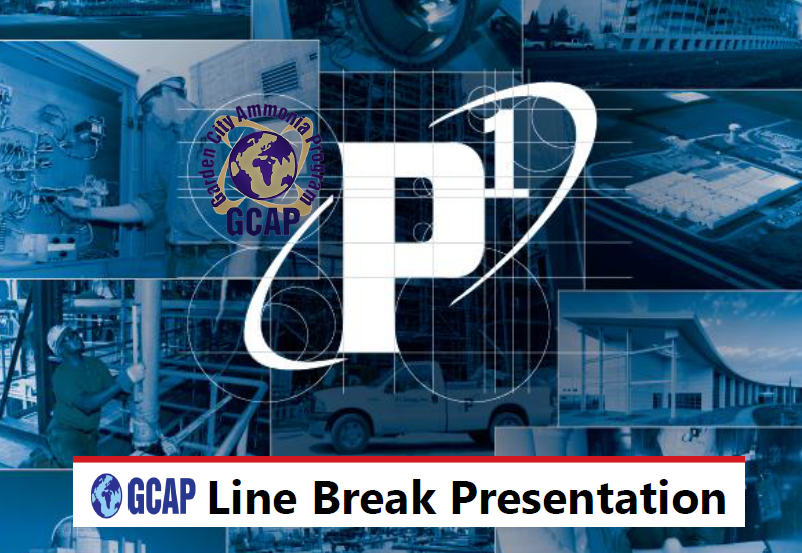If you were not at the National Ammonia Safety Day this summer you missed the best year yet. Michael Schram of the P1 Group presented on considerations of line breaks involving ammonia refrigeration systems. At this Link you can view his presentation. Some key thoughts below
- Be familiar with the emergency action / response procedures for the facility.
- Know the location of the nearest eye wash/safety shower.
- Know the location of any secondary valves which would have to be closed to isolate the line section in an emergency.
- Be familiar with ammonia first aid procedures
- Be familiar with the lockout/tagout procedures
- Familiarize all members of the LEO work crew on the General Precautions that are taken during the procedure.
- Apply for a Line Opening Permit (FORM LEO) from your supervisor. Do not proceed with the actual opening until the permit has been approved.
- Notify personnel who may be affected by the venting of the potential for a release / odor.
- A buddy-system is used for all LEO procedures. The second person must be trained to initiate emergency action and must be stationed close enough to observe the activity but far enough away to ensure that they would not be endangered by an accidental release.
- You must wear suitable gloves, a full face respirator and an ammonia meter when opening the system. You may remove the respirator when the equipment is known to be safe, at zero psig and open to the atmosphere.
- Whenever the respirator is worn a personal NH3 detector is to be worn OR a portable ammonia detector must be placed near the operator(s) likely to be exposed to the ammonia.
- Consider the need for additional ventilation in the area where the work is to be conducted.
- AT NO TIME SHOULD LIQUID AMMONIA BE PURGED TO WATER! LIQUID AMMONIA SHOULD BE TRANSFERRED TO OTHER PARTS OF THE SYSTEM OR EVAPORATED INTO VAPOR BEFORE PURGING!


